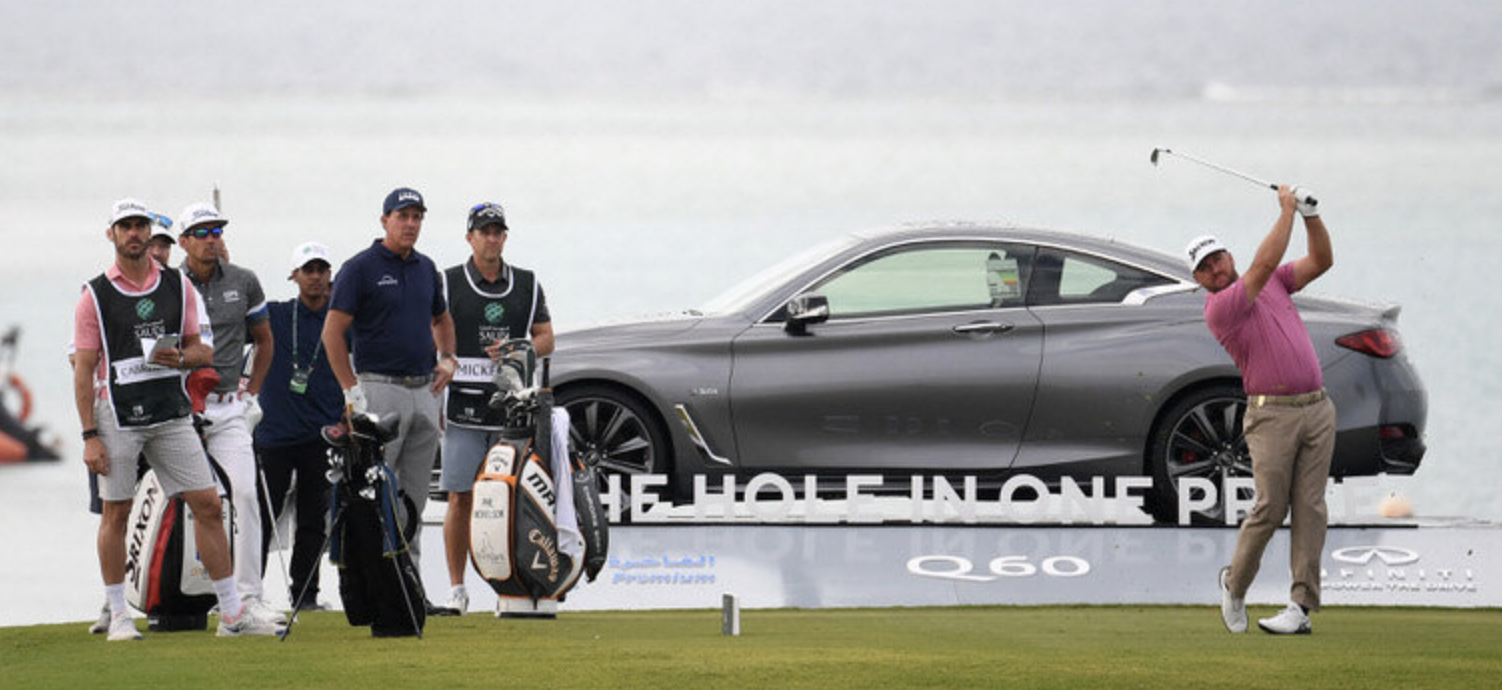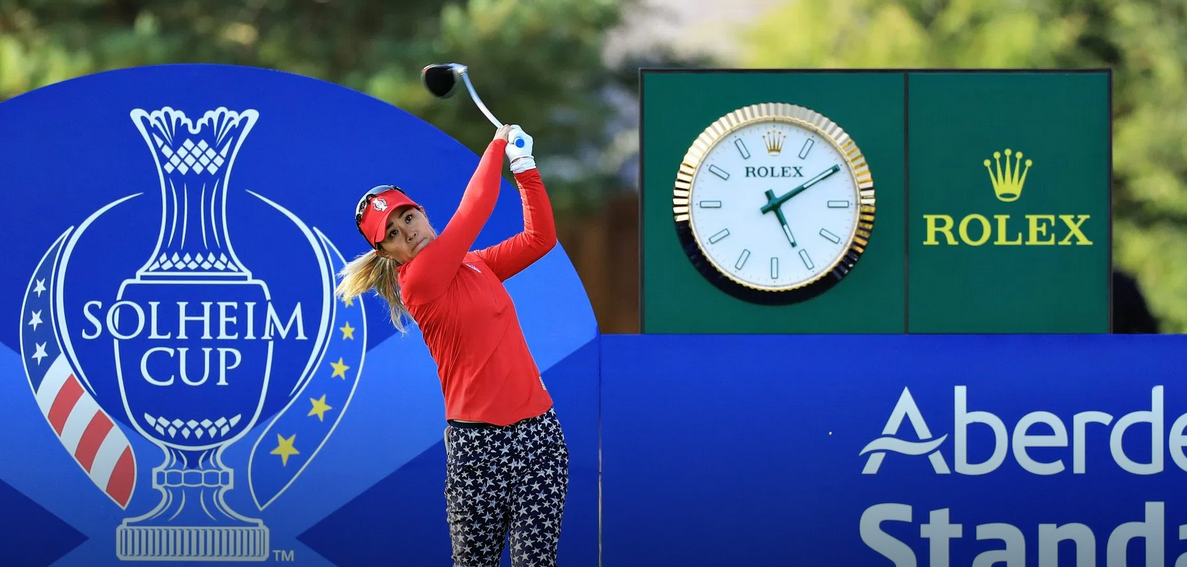Russell's Exit Interview: Slow Play, Field Sizes, Sitcoms And Late Evening Golf
/The PGA Tour won’t be quite the same without former Mickey’s theme park employee-turned-golf-pro-turned longtime rules official, Mark Russell.
Hopefully he’ll still get called Slugger in an airport (hopefully) and get in plenty of golf as he turns to sitcom writing and more late evening rounds. He also touches on this idea of 156 player fields, slow play and suggests it’s time to trim things down.
From his “exit interview” with Golfweek’s Adam Schupak.
Q: Don’t you want to give out one last slow play penalty (during the final round of the Wyndham Championship) for old time’s sake?
MR: (Chuckles) Not really. Again, we’ve got 156 players, we should never do that in 2021. This Tour should be 120 players maximum. You know, when they came up with (fields of 156), there was no place to play. Now we’ve got the Korn Ferry Tour. We’ve got PGA Tour Champions, tours in Canada and Latin America, too. You know, if you’re good enough, you’re going to be right back here. But I mean, 156 guys, there’s groups waiting 10, 12 minutes at the turn to play. That all goes away if you did that, like at Bay Hill, 120 players and we give them 12-minute intervals and they can’t catch each other. I mean, the slow players have no place to hide.
Most of the slow players play so much better if they go ahead and play. You know, I said, we oughta make them play like that on the range. You can only hit one ball a minute, and then they’d realize. But for the most part, like I say on Thursday and Friday, we breed slow play. There’s no place to go.
While I’ve had my share of spirited chats with Russ about field size (me fighting for a 144-player “Open” field here in LA), he’s right. I concede. It’s looking like the combination of all reachable par-5’s and drivable 4’s, while a huge issue, matters less when fields are getting huge enough to welcome back winners from the late 90s!























